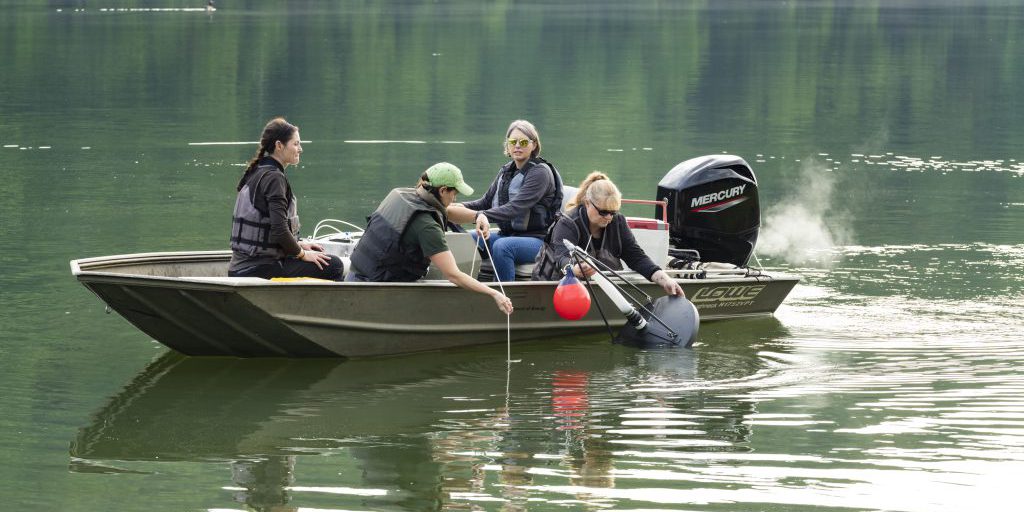As the United States moves toward more sustainable and renewable sources of energy, hydropower is expected to play a pivotal role in integrating more intermittent renewables like wind and solar to the electricity grid because hydropower can fill gaps in generation when these forms of energy are unavailable.
Before the hydropower sector can fully realize its benefits to the national power grid and the environment, more must be understood about the greenhouse gas, or GHG, emissions from reservoirs. Current reservoir emission estimates are highly variable, uncertain, and incomplete. At the global scale, estimates can vary significantly and currently range from 0.14% to 6.6% of global GHG emissions.
Researchers at the U.S. Department of Energy’s (DOE’s) Oak Ridge National Laboratory (ORNL) are combining statistical modeling with advanced field methods, including drone technology, to more accurately assess GHG emissions from hydropower reservoirs.


